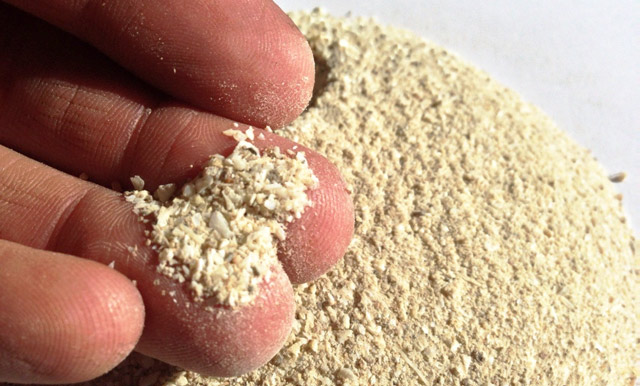 Bone meal is one of the fertilizers that has an advantage among other natural supplements in that it has a prolonged effect on the soil in places of future planting. Flour is added to the soil and decomposes there for five to eight months, gradually transferring all the micronutrients to the soil.
Bone meal is one of the fertilizers that has an advantage among other natural supplements in that it has a prolonged effect on the soil in places of future planting. Flour is added to the soil and decomposes there for five to eight months, gradually transferring all the micronutrients to the soil.
Bone meal is a kind of alternative to analogues of chemical origin, as well as plant-based nutrition. In addition, it is used as feed for large and medium livestock.
This fertilizer is made from the skeleton and bone tissue of cattle. It is also called phosphoazotine. For vegetation, this top dressing is used in milled form. It has many privileges regarding organic fertilizers and having a chemical composition:
- It is used dry and does not require special preparation.
- It can be fertilized two weeks before harvest.
- It is applied to garden, garden and house plants.
- At a cost lower than chemical or organic top dressing.
- It is applied to the soil 1 time per season.
- Does not oversaturate the soil with harmful substances.
- It can be used in any growth period.
- It has a high energy value and a rich composition of vitamins and minerals.
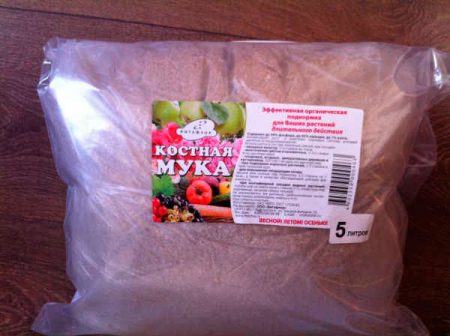
Bone meal is presented in the form of a friable powder of light color, which has high humidity due to the content of animal fat. It is mainly supplied from meat processing plants, as well as veterinary confiscated material. Raw materials must be fresh and free from infections. First, it is crushed into cartilage, then it is dried using a specialized apparatus and again grinded.
Content
DIY bone meal
You can even make such a fertilizer yourself, it will require bones, hooves, horns. To start, the raw materials should be thoroughly washed and divided into small pieces. After the material is folded into a cauldron of cast iron, pour water there and cook until the bones are completely softened. Then you need to cool and detail. It is worth considering that cooking can take quite a lot of time. Also, for work, you need a well-ventilated room or a specially equipped stove on the street.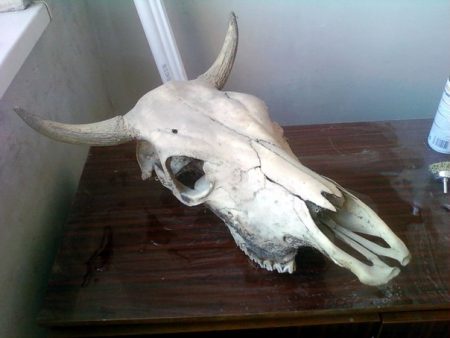
Components
It contains a wide variety of trace elements and biologically extractive substances. In cattle breeding, bone meal is primarily valued because it contains several varieties of digestible proteins, as well as lysine, methionine and cystine.
In agriculture, it is appreciated by the content of nutrients necessary for the full growth and formation of plants such as phosphorus, nitrogen, potassium and calcium. The bones of animals have a high content of phosphorus and calcium, which is why bone fertilizer is primarily a source of these substances. There are several types of bone meal, it differs in production technology and phosphorus content:
- Normal - phosphorus content of 15%.
- Steamed - phosphorus content of 25%.
- Fat-free - phosphorus content of 35%.
Bone meal, made from raw bones, contains more nitrogen, and steamed and fat-free is considered more concentrated and high quality.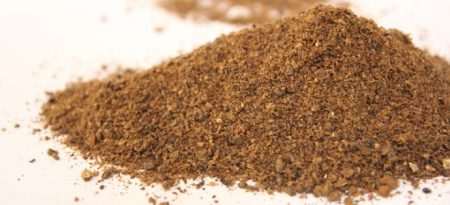
Fish meal
It is made from bones, as well as soft tissues of various types of fish. The main manufacturer and supplier is America.Local farmers consider it exotic, despite the fact that it has long been imported into Russia and can be purchased at many agricultural stores. Such top dressing should be used once a year. It contains up to 16% phosphorus, and protein. It is often used as a feed additive for livestock.
Ungulate flour
One of the varieties of bone meal, it is made from ground hooves and horns, has a significant nitrogen content of up to 10%. It is considered safe for vegetation. It is applied to the soil every two to three months.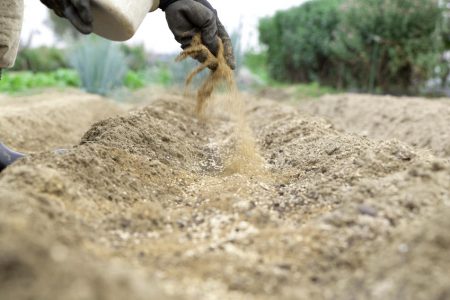
Blood meal
This variety is a stimulator of green growth, due to the increased nitrogen content of approximately 13%. Phosphorus and potassium are low in it, for this reason it is combined with regular bone meal for the best result. When using it, the recommended dosage, which is usually indicated on the package, must be observed, otherwise you can burn the plant. Blood flour is recommended for use on alkaline soils to restore balance.
Shell Flour
Another rare fertilizer for the territory of Russia is shell-flour, of course, it is widely used in southern countries. It is made from crustacean shells, it just contains a lot of micronutrients for the soil.
How to fertilize
Two methods can be used to fertilize plants: root and root. Often, the powder interferes with the soil during the initial stages of preparation for planting. Bone fertilizers are also recommended to feed garden and home plants during the growing season.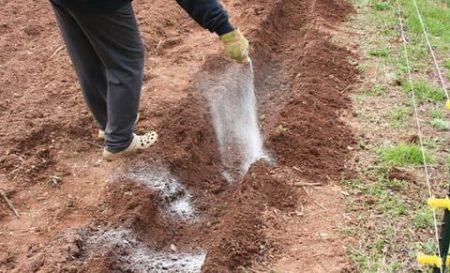
- When planting vegetable seedlings in open ground, dressing is added to each well in two tablespoons.
- For lawns use 200 grams of powder per 1 sq. m, if the soil in the plot is acidic, you need to double it.
- When planting berry crops per well in the spring, 70 g of powder will be needed, and in the fall of 120 g.
- For bulbous flowering plants, it is advised to deposit 30 g per well.
- For home plants, the powder is added to the pot from a ratio of 1: 1000.
Storage
Purchased bone meal is advised to be stored in a dark, dry well-ventilated place. The absence of rodents and other pests is desirable.
As for bone meal prepared on its own, it should be packaged in cloth or paper bags. Do not forget that the action of UV rays makes the powder toxic. Therefore, you need to check the flour for suitability, mix it and dry it.
Reviews
Anna 48 years old Novocherkassk
Used fish bone meal, I liked it. Contributed to each well when planting tomatoes and peppers, 1 tbsp. spoon interfered with the soil. It has a rather long action, the harvest has collected very good taste qualities of the fruit perfectly.
Valery 57 years old Belgorod region
I used bone meal that year, the first thing that attracted was an affordable price, and the second was the ease of use of this top dressing. The result is of course obvious, high yield and juicier fruits. Next year I will also fertilize.
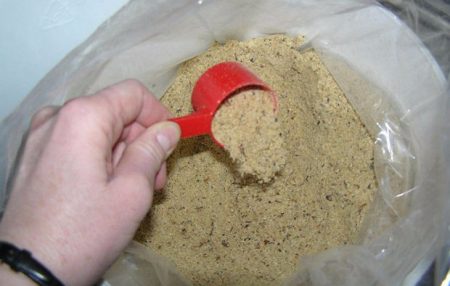
Antonina 62 years old Novgorod
This season, a neighbor advised her to fertilize tomatoes with bone meal, said that the result struck her, so I took it, not only did I fertilize the plants with her help, and even my dog ate. The result is quite productivity and the truth has increased.

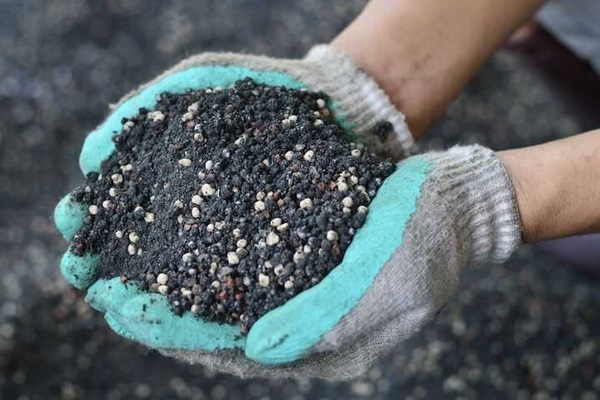
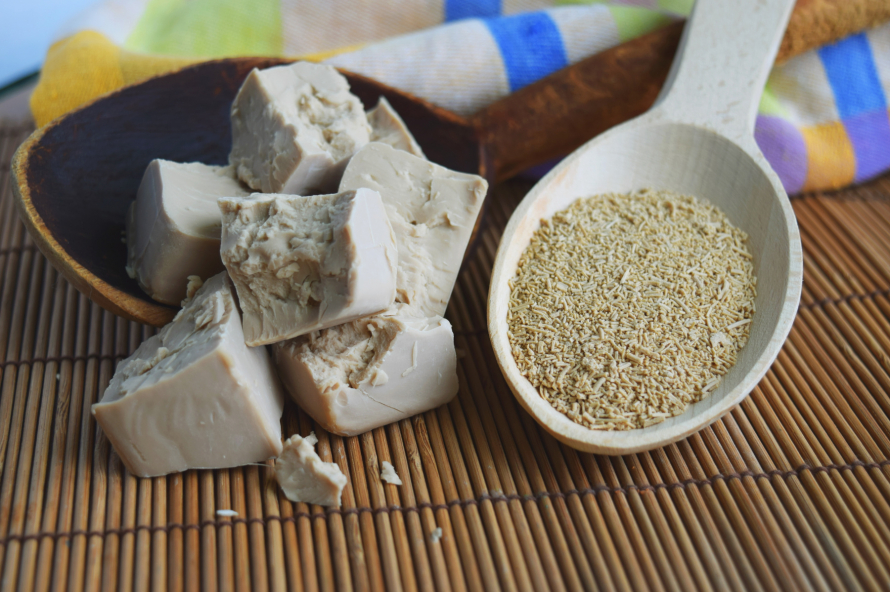
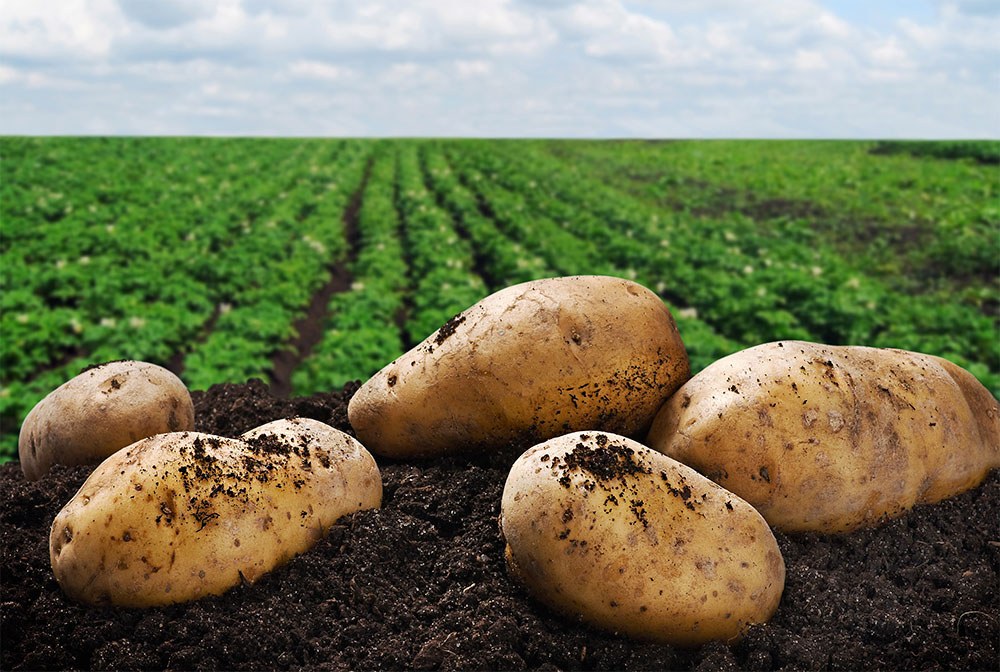
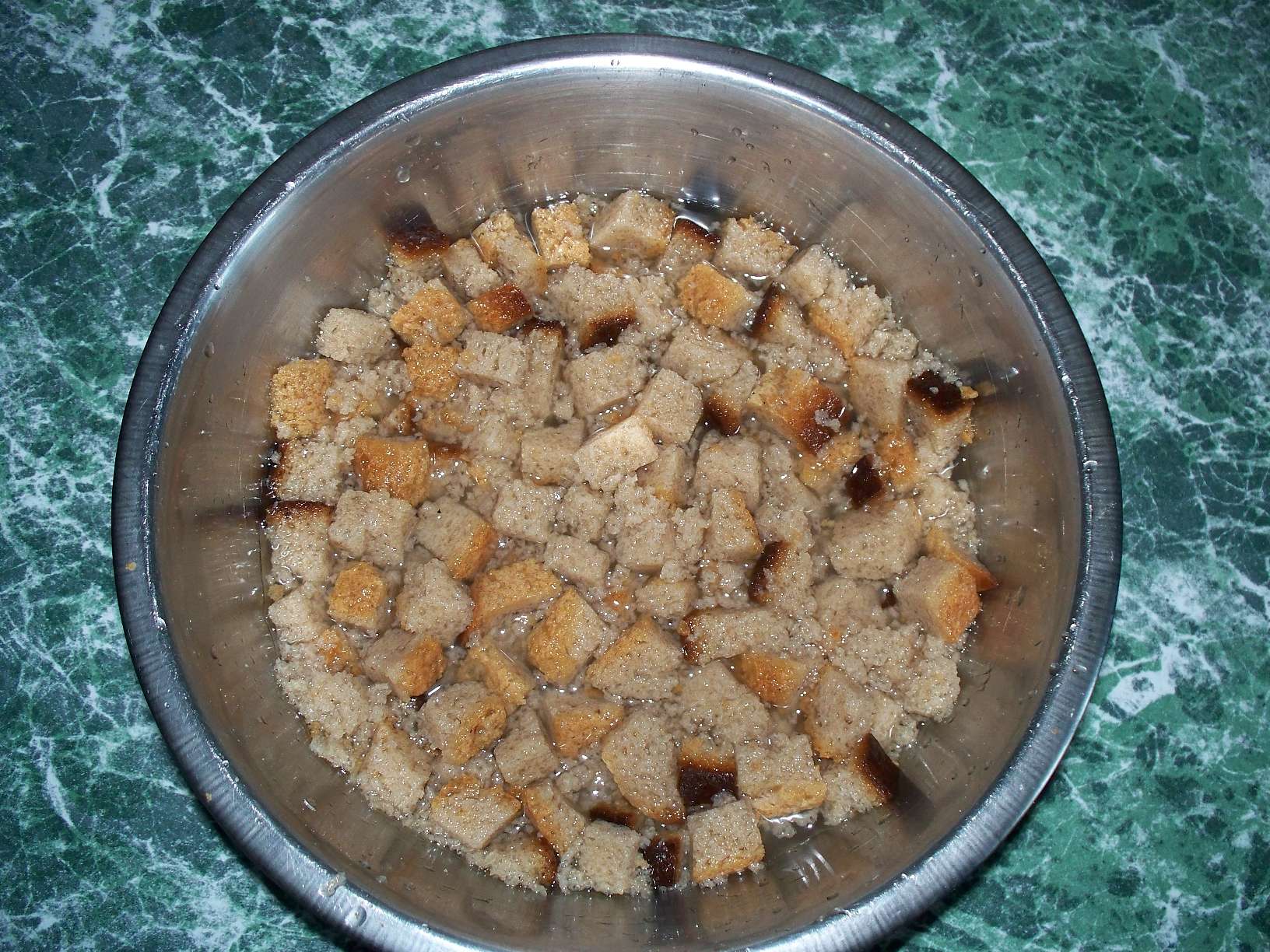 How to make bread infusion for feeding cucumbers
How to make bread infusion for feeding cucumbers Superphosphate: what is it and how to apply it
Superphosphate: what is it and how to apply it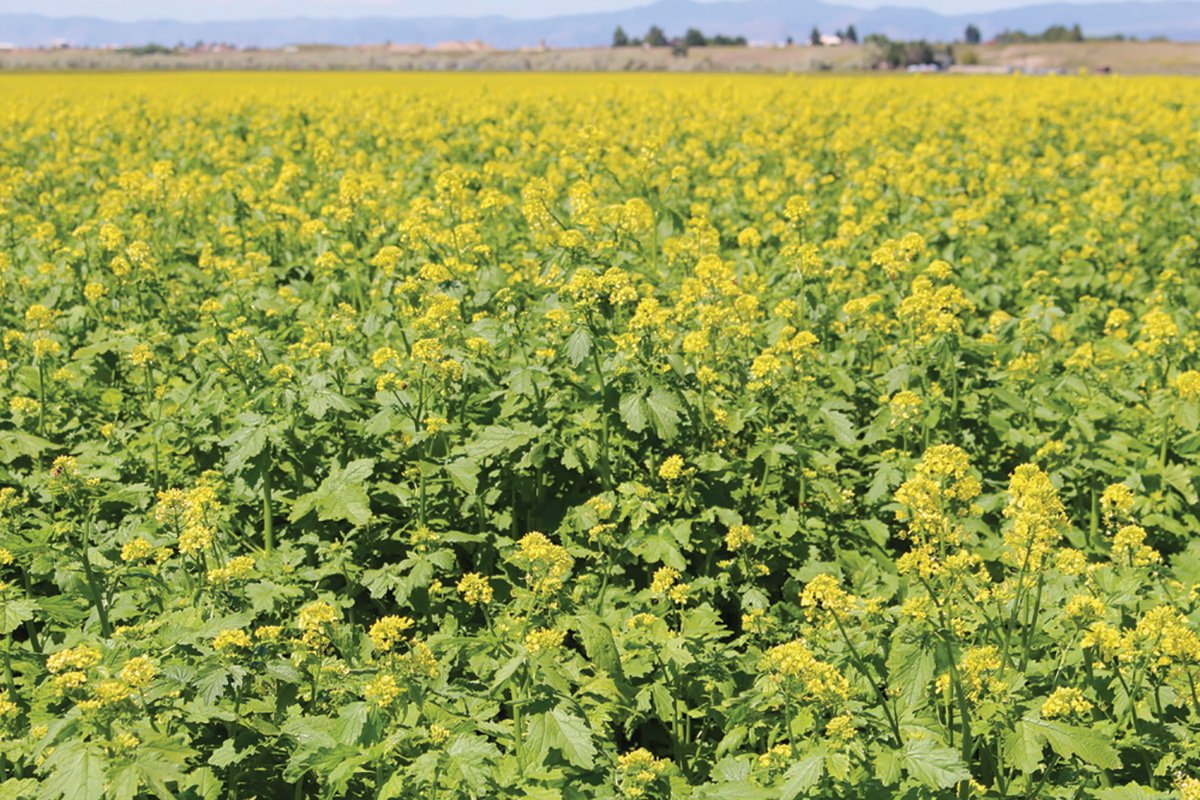 What problems can be expected from siderats?
What problems can be expected from siderats?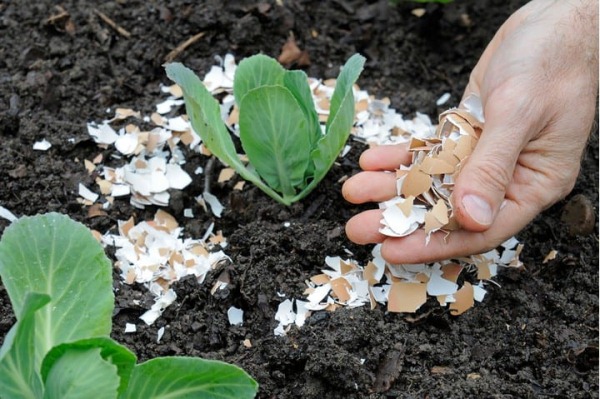 Secrets of the collection, storage and use of eggshells in the garden
Secrets of the collection, storage and use of eggshells in the garden